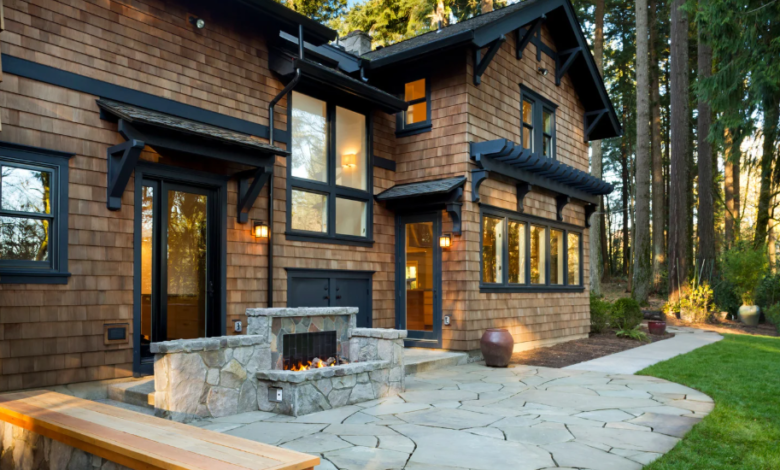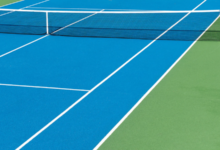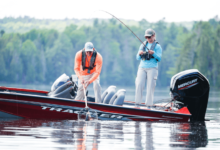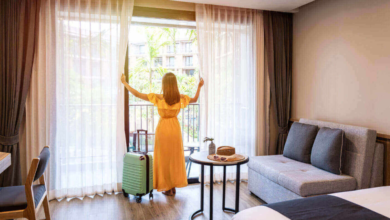How to Integrate an Outdoor Fireplace into Your Landscaping

For homeowners seeking to elevate outdoor living, adding an outdoor fireplace can be a defining feature. In professionally designed landscapes across Cumming, these fireplaces offer both visual impact and functional warmth. Whether placed near a patio or nestled in a secluded garden corner, the project of an outdoor fireplace in Cumming should be carefully planned to ensure seamless integration into the overall layout.
When executed with the right materials and drainage considerations, a fireplace enhances the outdoor space’s usability, comfort, and long-term value.
Site Selection Matters
The fireplace’s location should harmonize with existing elements like patios, pathways, and seating zones. It must be placed in a way that encourages conversation while also acting as a focal point. Shelter from prevailing winds and proximity to social zones ensure the feature is not only beautiful but also practical.
When choosing a location, it’s also essential to consider airflow, building codes, and safety clearance. Working with professionals ensures compliance while aligning the installation with your design goals.
Coordinating Materials and Layout
The visual cohesion between the fireplace and the surrounding hardscape determines how integrated the space feels. Using similar materials, such as stone, brick, or textured concrete, helps maintain consistency throughout the yard. Incorporating retaining walls or built-in seating around the fireplace can further extend its functionality.
Strategic landscaping around the feature helps soften the visual transition. Evergreen shrubs, ornamental grasses, or low-maintenance flowering plants can add both privacy and seasonal interest without detracting from the fireplace’s prominence.
Incorporating Drainage and Structural Considerations
Outdoor fireplaces require more than surface-level planning. Water pooling near the base can degrade both the unit and the surrounding materials over time. Proper drainage is essential to protect your investment and ensure longevity.
One way to ensure durability is by evaluating how stormwater flows through the area. Understanding the importance of drainage solutions in landscape design helps in planning slopes, swales, or sub-surface systems that direct water away from critical structures. Drainage strategies should be factored in during the early design phase, not after construction is complete.
Enhancing Functionality and Comfort
An outdoor fireplace is more than decorative, it can serve as a year-round gathering spot. Professionals can create multi-use layouts that combine the fireplace with adjacent seating walls, lighting, and even outdoor kitchens. Proper spacing allows people to move comfortably, while zoning can separate the fire area from other active-use sections of the yard.
Lighting also plays a key role. Subtle path lights or uplighting around nearby trees and shrubs improve safety and visual balance after sunset. These layers of detail give the fireplace zone depth and polish.
Conclusion
Installing an outdoor fireplace is a powerful way to enrich your landscape’s function, style, and long-term value. With careful placement, coordinated materials, professional drainage solutions, and thoughtful enhancements, the fireplace becomes a lasting centerpiece that supports outdoor living and adds character to your property.
A well-integrated fireplace does more than warm up a space, it elevates how the entire outdoor area is experienced. When designed with precision and purpose, it blends visual harmony with lasting utility, creating an inviting outdoor environment for every season.







